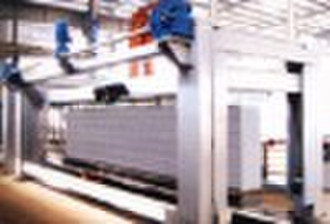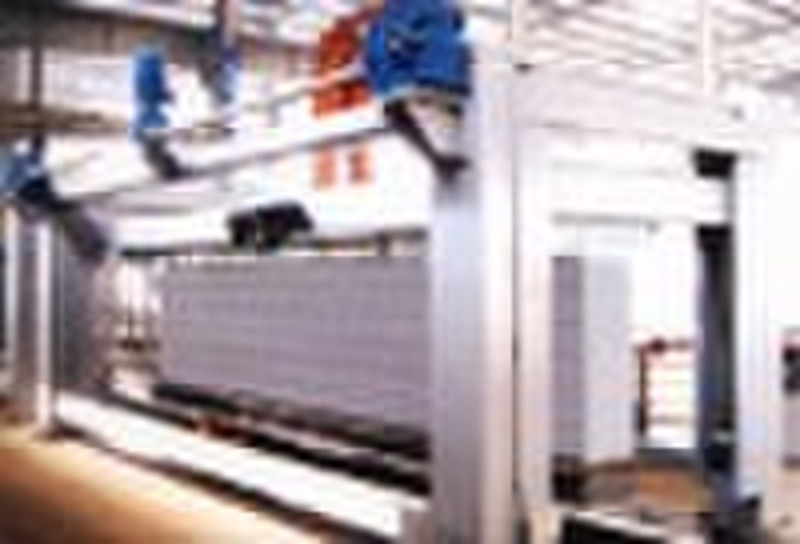Catalog
-
Catalog
- Agriculture
- Apparel
- Automobiles & Motorcycles
- Beauty & Personal Care
- Business Services
- Chemicals
- Construction & Real Estate
- Consumer Electronics
- Electrical Equipment & Supplies
- Electronic Components & Supplies
- Energy
- Environment
- Excess Inventory
- Fashion Accessories
- Food & Beverage
- Furniture
- Gifts & Crafts
- Hardware
- Health & Medical
- Home & Garden
- Home Appliances
- Lights & Lighting
- Luggage, Bags & Cases
- Machinery, Hardware & Tools
- Measurement & Analysis Instruments
- Mechanical Parts & Fabrication Services
- Minerals & Metallurgy
- Office & School Supplies
- Packaging & Printing
- Rubber & Plastics
- Security & Protection
- Service Equipment
- Shoes & Accessories
- Sports & Entertainment
- Telecommunications
- Textiles & Leather Products
- Timepieces, Jewelry, Eyewear
- Tools
- Toys & Hobbies
- Transportation
Filters
Search
AAC block line

Apple Cheung
Contact person
Basic Information
AAC Block Production Line AAC is made from silicon material (silica sand, or recycled fly ash and silica gangue) and calcium material (lime, cement), mixing with foaming additive (aluminum powder), batching with water, the reaction between aluminum and concrete causes microscopic hydrogen bubbles to form, expanding the concrete to about five times its original volume. It is made into the multi-cells silicate products by the processes of resting, tilting, cutting and autoclaving. Process chart To manufacture AAC, cement is mixed with lime, silica sand, or recycled fly ash, water, and aluminum powder or paste. The slurry is poured into moulds where a chemical reaction occurs, the reaction between aluminum and concrete causes microscopic hydrogen bubbles to form, expanding the concrete to about five times its original volume. After evaporation of the hydrogen in the mold for 45mintues, the high closed cellulated AAC unit is cut to size and formed by steam-curing in a pressurized chamber (an autoclave) for 10 to 12 hours. The result is a non-organic, non-toxic, airtight material that can be used for wall, floor, and roof panels, blocks. Project cases With abundant air cells and micro apertures inside the aerated brick, it has good performance of heat insulation and preservation. In addition, the most prominent advantage is its plasticity. Due to the lightness and the lower hardness, AAC units are available in numerous shapes and sizes according to the real construction usages and customer's requirements.
Delivery terms and packaging
Packaging Detail: seaworthy packing Delivery Detail: 120 days
Port: Shanghai
Payment term
Letter of credit
Telegraphic transfer
-
Payment Methods
We accept:









